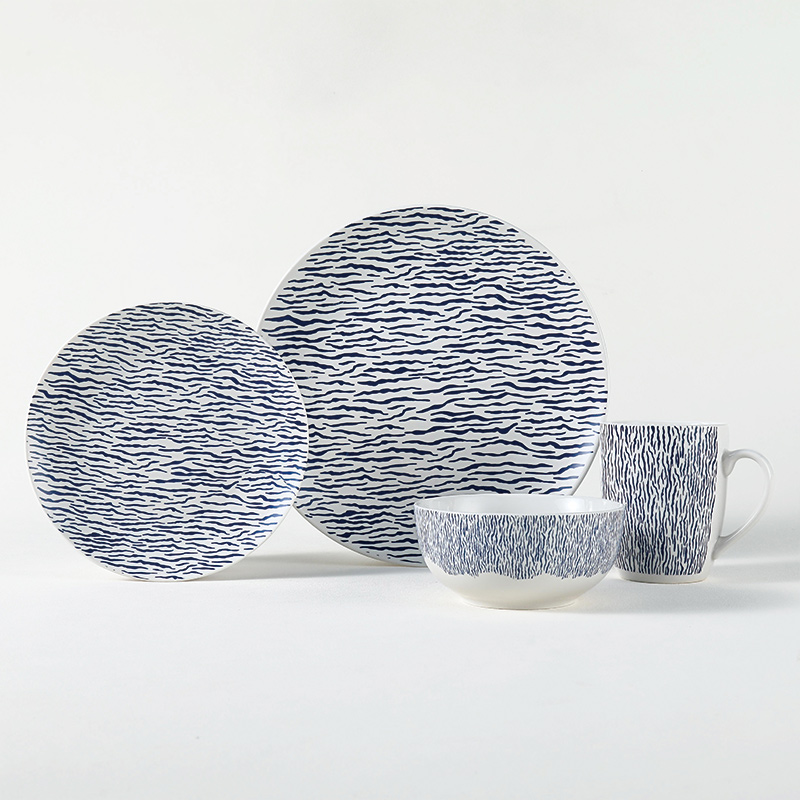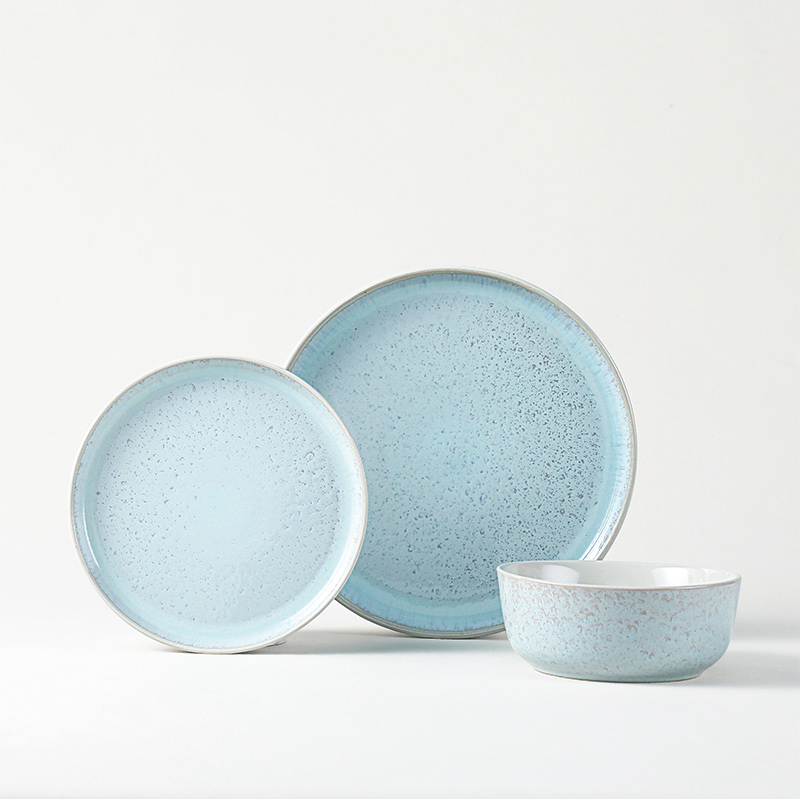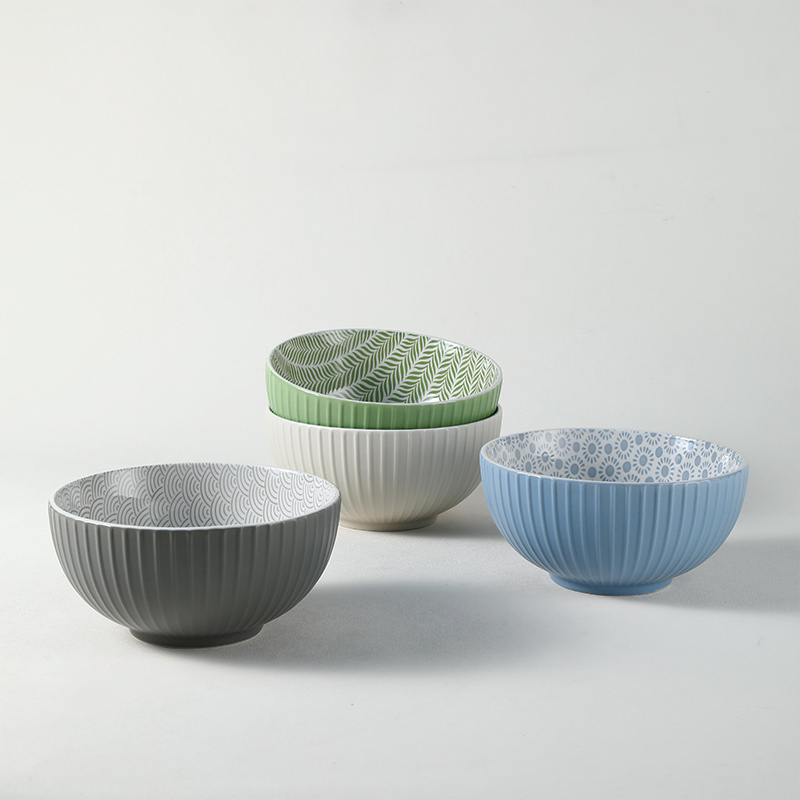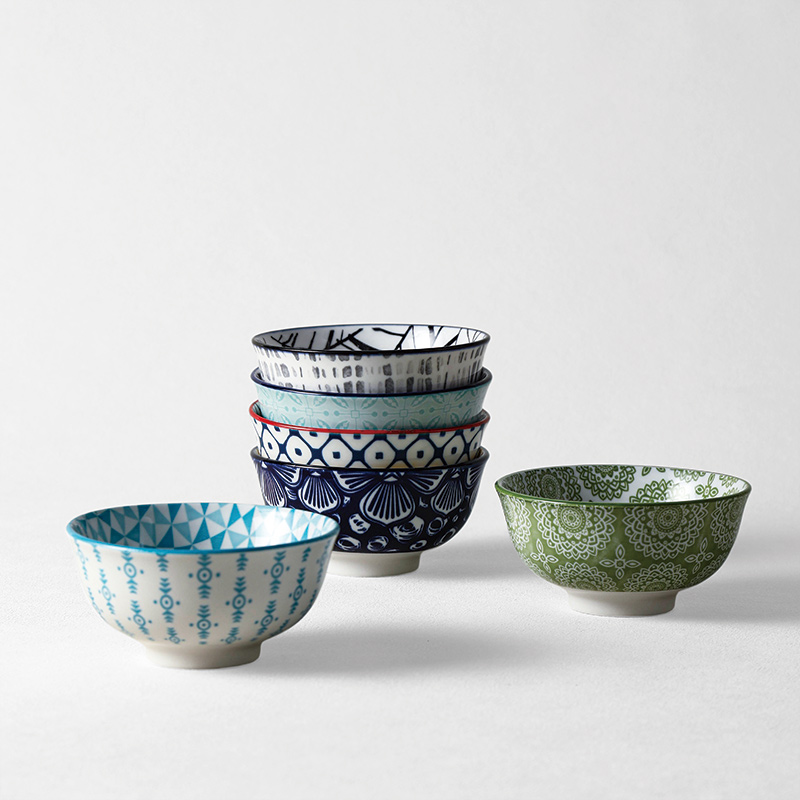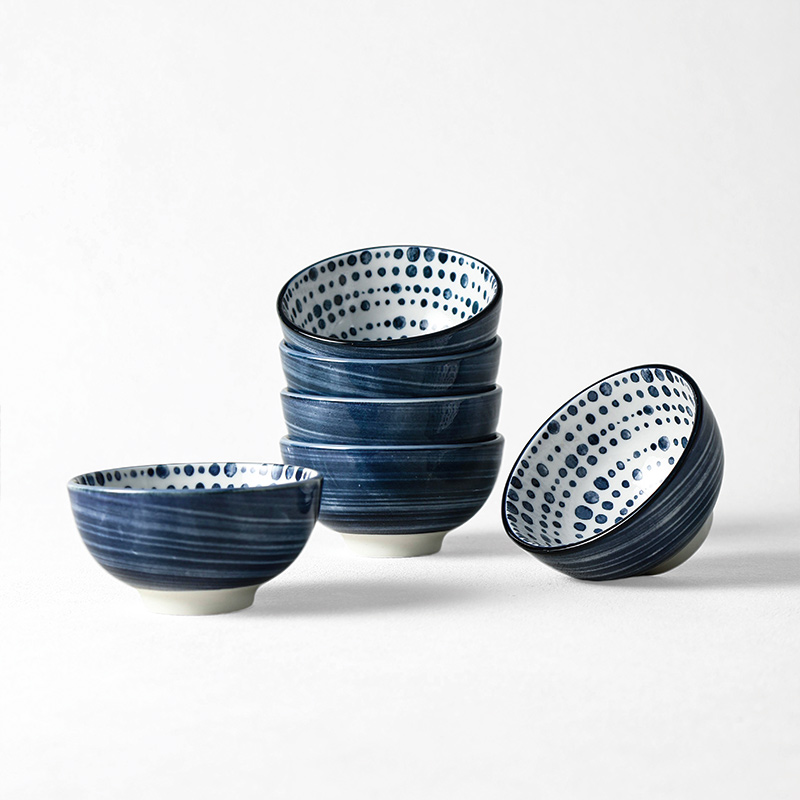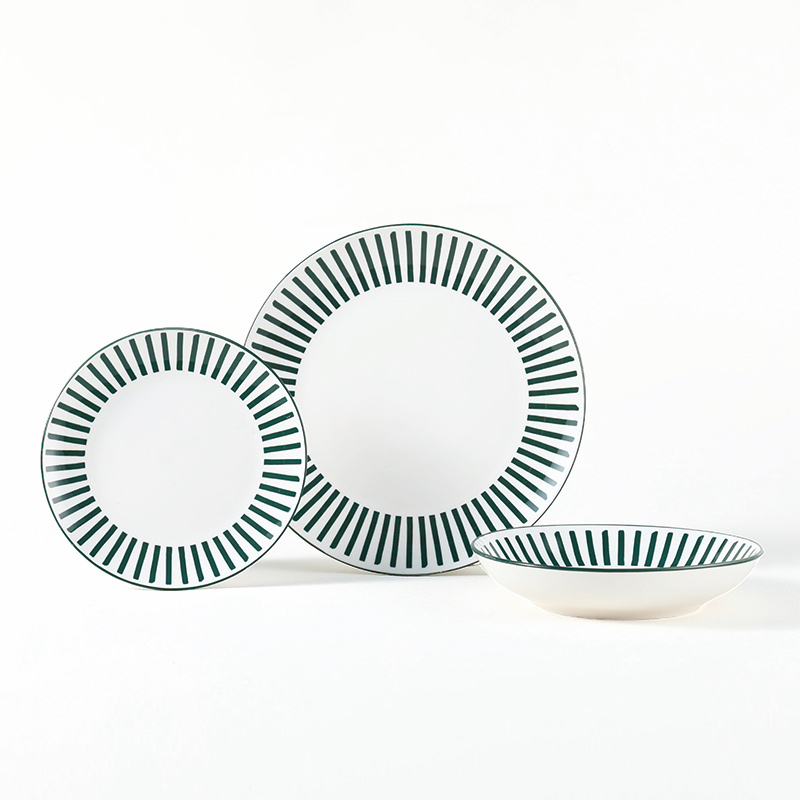Material selection and processing
The main raw materials are clay (such as kaolin, porcelain stone) and auxiliary minerals (feldspar, quartz). Clay needs to go through processes such as crushing, washing, and sedimentation to produce plastic clay material. For example, kaolin needs to be open-pit mined and crushed by water mills, while porcelain stone needs to be burned or blasted to reduce its hardness.
Forming
Handmade molding: used for personalized art ceramics.
Wheel forming (casting): To make symmetrical vessels (such as bowls and plates) by rotating ceramic wheels, it is necessary to grasp the uniformity of the thickness of the clay material.
Mold forming: suitable for mass production, ensuring consistent shape.
Dry
Natural shade drying or temperature and humidity control to avoid cracking. The drying time varies depending on the type of equipment (several hours to several days).
Plain firing (initial firing)
Dry the body at 800-1000 ° C to enhance structural stability and facilitate subsequent repair and glazing.
Glazing
Glaze type: transparent glaze, colored glaze, etc., made by blending minerals.
Glazing method: Dip glaze, spray glaze, or brush glaze to ensure even coverage of the glaze layer.
Glazed firing (secondary firing)
Melt the glaze at a high temperature of 1000-1300 ° C to form a smooth surface, enhancing waterproofing and aesthetics. The firing kilns include electric kilns, gas kilns, or traditional firewood kilns.
Cooling and Quality Inspection
After natural cooling, check for defects such as cracks and bubbles. Qualified products enter the packaging, while defective products need to be reworked or burned again

